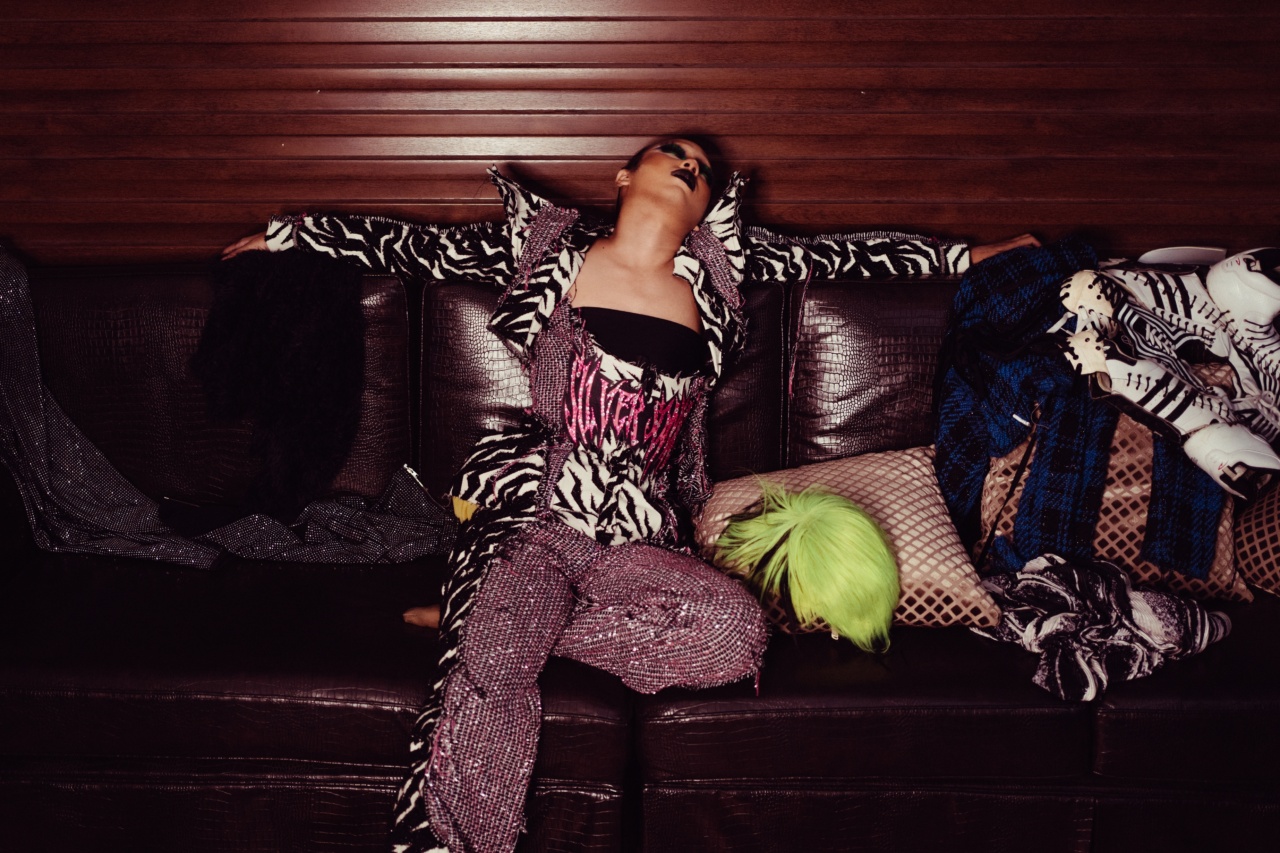Sleep paralysis is a phenomenon that occurs when a person is briefly unable to move or speak while falling asleep or upon waking up. It is often accompanied by a feeling of pressure on the chest and a sense of impending doom.
This condition typically lasts for a few seconds to a couple of minutes and usually resolves on its own. However, during these episodes, some individuals report vivid and terrifying hallucinations involving ghosts and demons.
The Connection Between Sleep Paralysis and Ghosts
Many people who experience sleep paralysis describe encounters with otherworldly entities, most commonly ghosts. These entities are often described as shadowy figures lurking in the room, watching or even approaching the paralyzed individual.
The hallucinations are so vivid and realistic that it becomes challenging to differentiate between dreams and reality.
While some skeptics attribute these experiences to mere hallucinations caused by the brain’s transitional state between sleep and wakefulness, others believe there may be a deeper supernatural connection.
Folklore and ancient myths from various cultures have long associated sleep paralysis with encounters with spirits, demons, and other supernatural entities.
Sleep Paralysis and Demonic Encounters
Demonic encounters during sleep paralysis are also frequently reported. Some individuals describe experiencing an overwhelming presence in the room, often accompanied by malevolent laughter, a growling voice, or an offensive odor.
These entities are believed to be demons, with the intention of tormenting or possessing the paralyzed individual.
These terrifying encounters can leave a lasting impact on those who experience them. Many individuals report being haunted by these visions even after waking from the sleep paralysis episode.
Some believe that these experiences may be connected to spiritual oppression or demonic influence, while others view them as purely physiological phenomena.
The Scientific Explanation
While the experiences during sleep paralysis are undoubtedly unsettling and seem paranormal, scientific research provides an alternative explanation.
Sleep paralysis occurs when the brain fails to regulate the transition between the waking and sleeping states correctly. During rapid eye movement (REM) sleep, the body undergoes temporary paralysis to prevent acting out dreams. In sleep paralysis, this paralysis continues even after waking up or before falling asleep, resulting in an inability to move or speak.
As the body remains paralyzed, the mind is in a state conducive to dreaming. However, the individual is awake and aware of their surroundings, leading to a state where dream-like imagery can overlay the waking world.
This mismatch between the conscious state and the dream state is what creates the vivid hallucinations experienced during sleep paralysis.
Triggers and Contributing Factors
Sleep deprivation, irregular sleep patterns, and disruptions to the sleep-wake cycle can increase the likelihood of experiencing sleep paralysis. Other contributing factors include high levels of stress, anxiety, and sleep disorders such as narcolepsy.
Substance abuse, particularly stimulants or sleep aids, can also increase the risk.
Debunking the Supernatural
While the experiences of sleep paralysis can be terrifying, it is crucial to approach them with a balanced perspective.
Although the hallucinations may feel incredibly real, there is no scientific evidence to suggest that they are connected to actual ghosts or demons.
Understanding the physiological explanation behind sleep paralysis can provide some reassurance to those who experience these episodes.
Recognizing that the experiences are a result of the brain’s attempt to make sense of the transition between sleep and wakefulness can help alleviate the fear and anxiety associated with sleep paralysis.
Cultural and Historical Perspectives
Sleep paralysis and its accompanying hallucinations have intrigued and frightened people across cultures and throughout history. Tales of nocturnal assaults by supernatural beings can be found in folklore worldwide.
Various cultures have attributed these experiences to different entities, including demons, witches, and spirits.
For example, in the Chinese culture, sleep paralysis is often associated with the “ghost oppression” phenomenon.
It is believed that the soul of the sleeper temporarily leaves the body during dreams and can be vulnerable to malevolent spirits or even demonic possession. Similarly, in Scandinavian folklore, sleep paralysis is interpreted as a sign of an evil creature, known as the “Nightmare,” sitting on the chest of the paralyzed individual.
The Impact on Sleep Quality and Well-being
Recurring episodes of sleep paralysis can significantly impact a person’s overall sleep quality and well-being.
The fear and anxiety associated with these experiences can lead to increased difficulty falling asleep, sleep disturbances, and even chronic insomnia.
Additionally, the fear of future episodes can create a cycle of anxiety leading to sleep disturbances, which, in turn, can trigger sleep paralysis more frequently.
Thus, it is crucial for individuals who experience sleep paralysis to seek support from medical professionals, such as sleep specialists or therapists, to address the psychological impact it may have.
Treatment Options
While there is no specific cure for sleep paralysis, certain lifestyle changes and coping strategies can reduce the frequency and intensity of episodes:.
- Establish regular sleep patterns and prioritize sufficient sleep duration
- Manage stress through relaxation techniques and stress-reducing activities
- Avoid substances that can disrupt sleep, such as caffeine, alcohol, and certain medications
- Create a comfortable sleep environment conducive to relaxation and good sleep hygiene
- Seek professional help for underlying sleep disorders, anxiety, or other contributing factors
By prioritizing healthy sleep habits and seeking support, individuals can minimize the impact of sleep paralysis on their overall well-being.





























